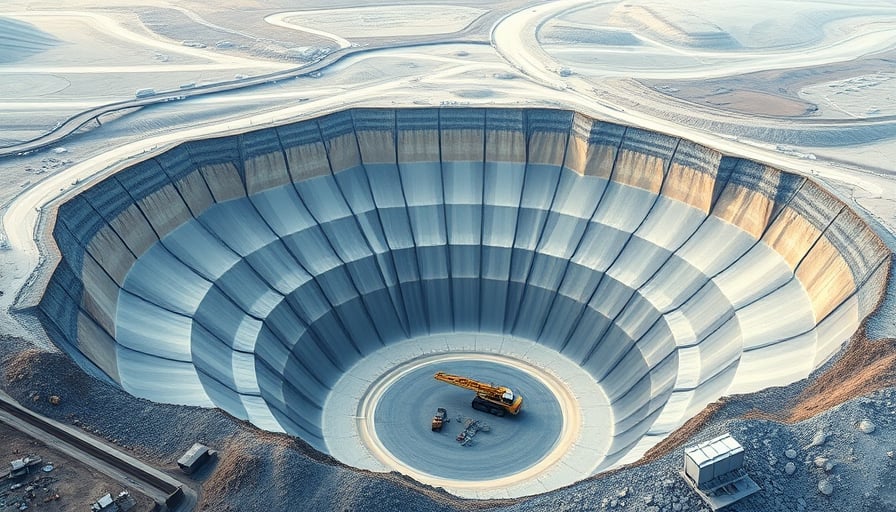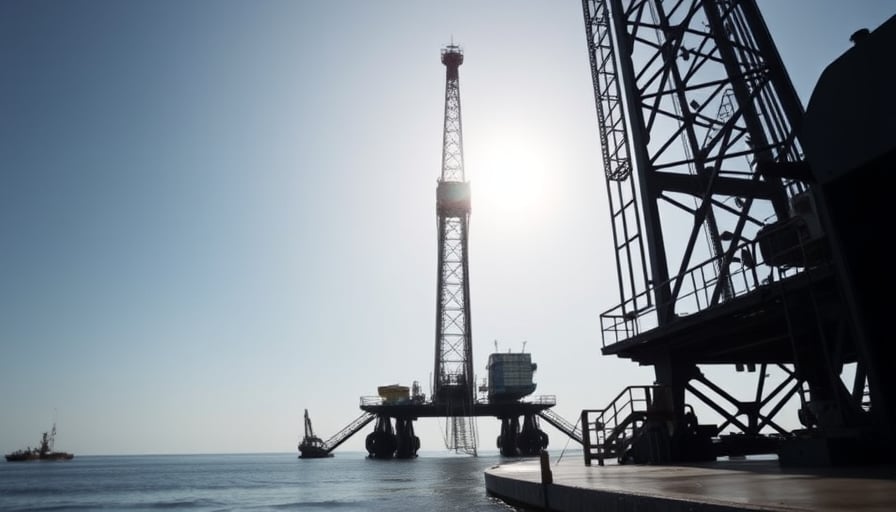Glencore PLC: Navigating Regulatory Storms and Strategic Rebalancing
Glencore PLC, the Swiss‑registered diversified natural‑resources conglomerate, finds itself at the crossroads of regulatory uncertainty and portfolio realignment as of 19 November 2025. The company’s share price, hovering at £355.65 on the London Stock Exchange, reflects a volatile 52‑week range between a high of £455.34 and a low of £205, underscoring the mounting pressure from both market forces and political mandates.
EU Cobalt Regulation: A Supply‑Chain Shock
On 19 November, Mining MX reported that Glencore cautioned investors that the European Union’s forthcoming cobalt‑sourcing rules could jeopardise a key component of its metal‑and‑mineral operations. Cobalt, integral to electric‑vehicle batteries and high‑performance alloys, is a critical resource for Glencore’s downstream customers. The company’s warning signals a potential squeeze in supply‑chain flexibility, which could translate into higher costs or reduced margins, particularly at a time when the firm already carries a negative P/E ratio of –27.55.
Century Aluminium: Sharpening the Focus
Concurrently, a series of disclosures from Reuters, SRN News, and Dutch media indicate that Glencore has cut its stake in Century Aluminium from 43 % to 33 %. The reduction, executed through the sale of nine million shares for approximately $272 million, follows a tariff‑driven rally that temporarily inflated aluminium prices. By trimming its exposure, Glencore aims to free capital for other ventures, yet the move also hints at a strategic pivot away from pure aluminium production towards more profitable or regulated segments.
Share‑Buyback and Corporate Actions
On 17 November, ShareNet documented a transaction involving Glencore’s own shares, reflecting an ongoing buy‑back program. While the exact scale of the repurchase remains undisclosed, such actions are typically employed to support share price or signal management’s confidence in the firm’s intrinsic value. The buy‑back occurs against a backdrop of a negative P/E ratio, suggesting that Glencore’s leadership believes the market undervalues its assets.
International Partnerships and IPOs
The same day, Interfax highlighted that Glencore participated in the initial public offering of Chuangxin Industries Holdings Ltd., a Chinese aluminium producer, raising $700 million. This partnership indicates Glencore’s intent to deepen its foothold in the Asian aluminium market, potentially mitigating the impact of European tariff fluctuations. However, the involvement in a high‑profile IPO also exposes the firm to market volatility and regulatory scrutiny in a country with a complex investment climate.
Market Context and Investor Sentiment
The Finanzen article from 18 November revisits the long‑term performance of Glencore shares, illustrating the dramatic upside potential had investors purchased 100 GBP worth of stock five years earlier. Such retrospective analyses, while compelling, underscore the cyclical nature of commodity markets and the necessity for disciplined risk management. Meanwhile, the Finanznachrichten schedule for early December lists no major Glencore events, implying a period of relative quiet and a focus on internal restructuring.
Conclusion
Glencore PLC stands at a juncture where external regulatory frameworks, notably the EU’s cobalt rules, collide with internal strategic recalibrations, such as the divestiture of Century Aluminium shares and active participation in Chinese IPOs. The firm’s current share price, coupled with a historically negative P/E ratio, suggests that the market remains skeptical of its short‑term profitability. Yet, Glencore’s actions—buy‑backs, stake reductions, and international partnerships—indicate a deliberate attempt to streamline operations and reposition itself for a commodity‑heavy future. Investors and analysts alike must scrutinize how effectively Glencore can translate these moves into sustainable earnings in an increasingly regulated and competitive global landscape.




